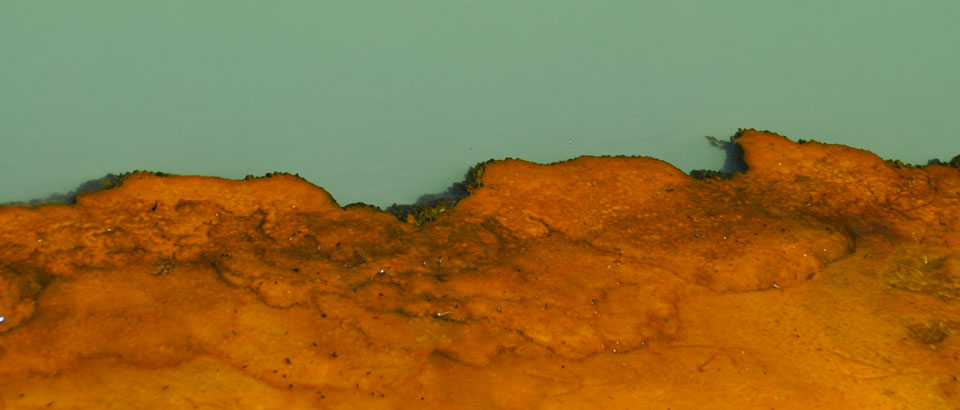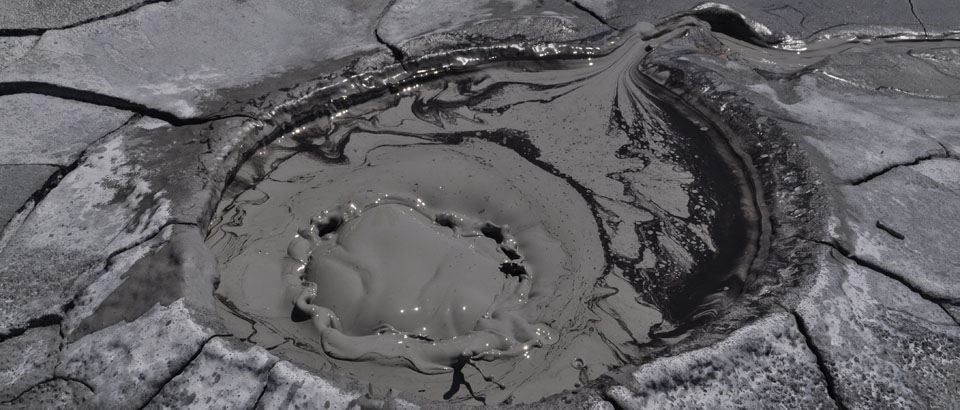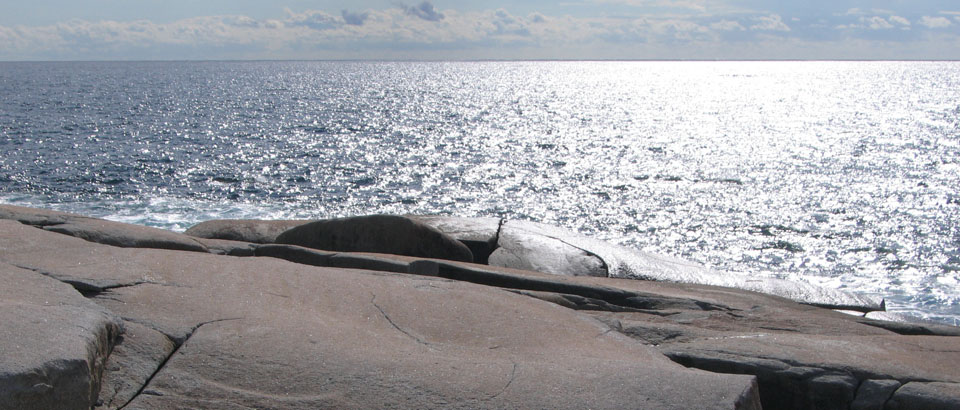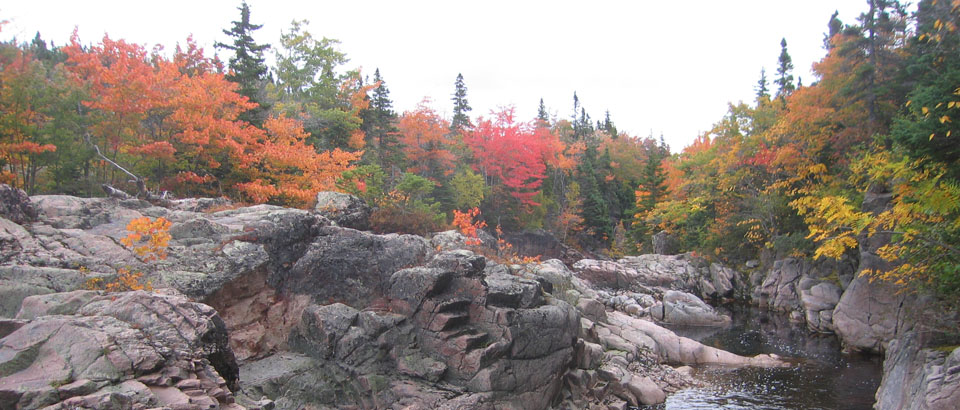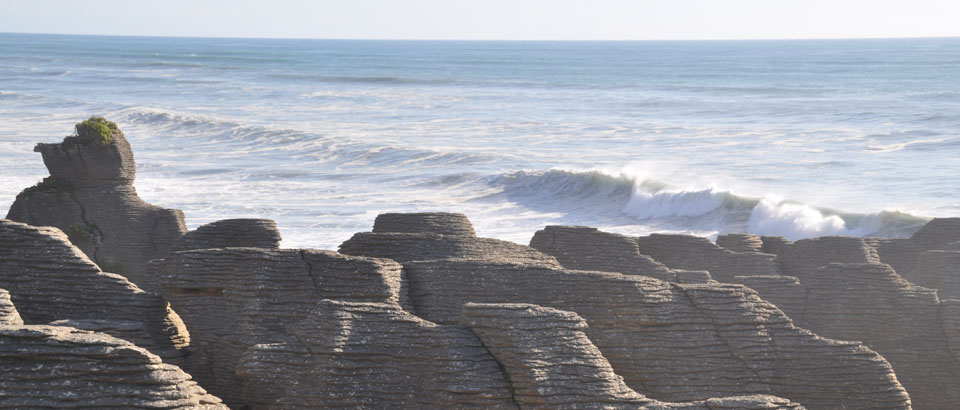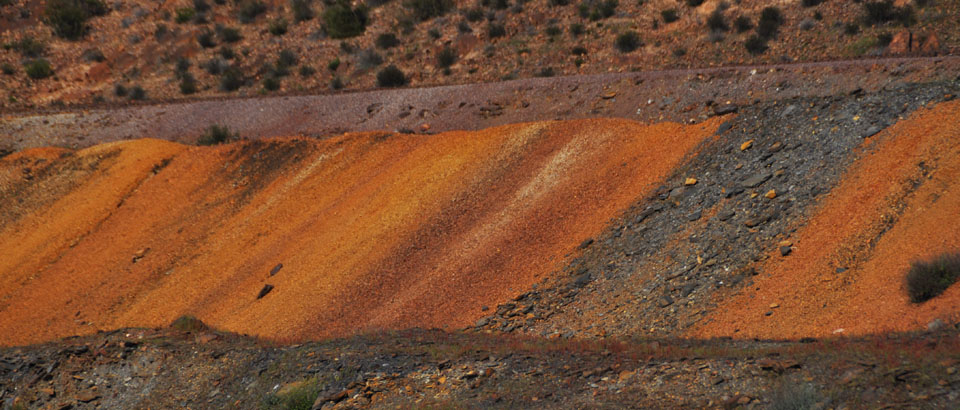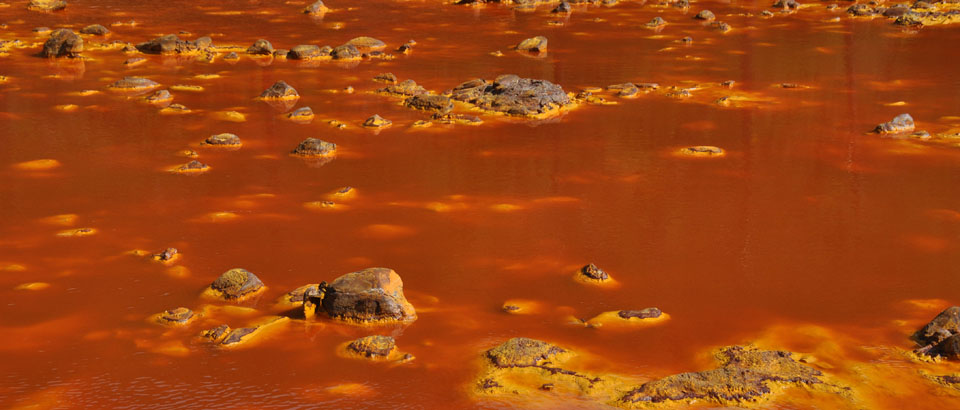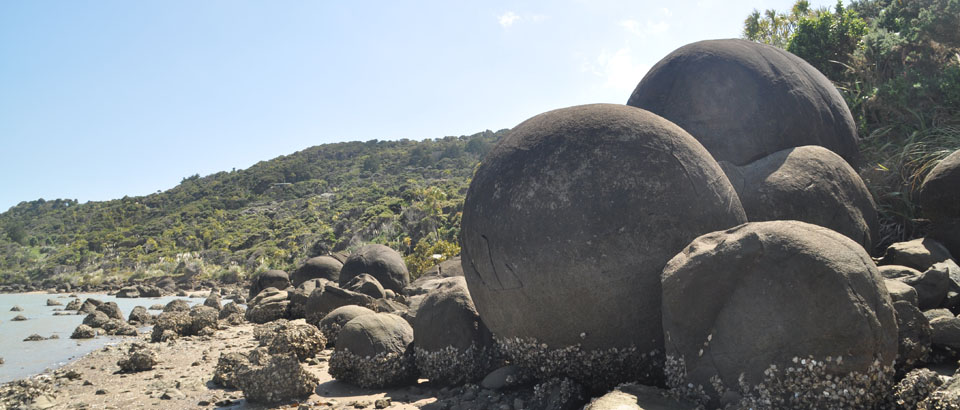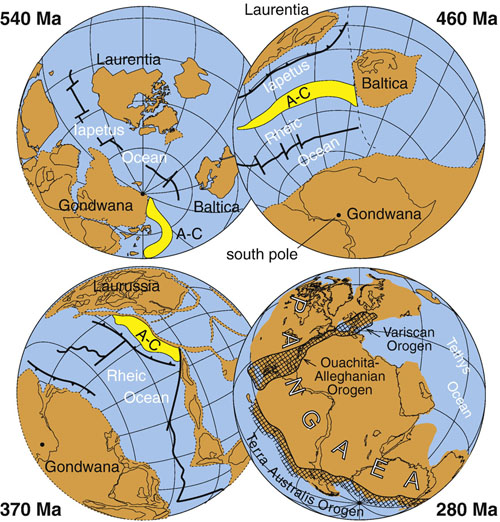Evolution of the Rheic Ocean. R.D. Nance, G. Gutiérrez-Alonso, J.D. Keppie, U. Linnemann, J.B. Murphy, C. Quesada, R.A. Strachan, N.H. Woodcock. 2010, Gondwana Research, 17, 194-222. DESCARGAR-DOWNLOAD.
RESUMEN-ABSTRACT
The Rheic Ocean, which separated Laurussia from Gondwana following the closure of Iapetus, is arguably the most important ocean of the Palaeozoic. Its suture extends from Mexico to Turkey and its closure produced the climactic Variscan–Alleghanian–Ouachita orogeny that assembled the supercontinent, Pangaea.
Following protracted Cambrian rifting that represented a continuum from Neoproterozoic orogenic processes, the Rheic Ocean opened in the Early Ordovician with the separation of several Neoproterozoic arc terranes from the continental margin of northern Gondwana. Separation occurred along the line of a former Neoproterozoic suture following the onset of subduction in the outboard Iapetus Ocean. The timing of rift–drift transition and drive for subsequent spreading was likely governed by slab pull, accounting for the rapid rate (8–10 cm/yr) at which the Rheic Ocean widened.
During the Ordovician, the ocean broadened at the expense of Iapetus and attained its greatest width (~4000 km) in the Silurian, by which time Baltica had sutured to Laurentia and the Neoproterozoic arc terranes had accreted to Laurussia, closing Iapetus in the process. Closure of the Rheic Ocean began in the Devonian and was facilitated by northward subduction beneath southern Baltica and southward subduction beneath northwest Gondwana. Closure was largely complete by the Mississippian as Gondwana and Laurussia sutured to build Pangaea, North Africa colliding with southern Europe to create the Variscan orogen in the Devonian–Carboniferous, and West Africa and South America suturing to North America to form the Alleghanian and Ouachita orogens, respectively, during the Carboniferous–Permian.
The Rheic Ocean consequently plays a dominant role in the basement geology of southern Europe, in the Appalachian–Ouachita orogeny of North America, and in the Palaeozoic sedimentary, structural and tectonothermal record from Middle America to the Middle East. With its closure, the ocean brought about the assembly of Pangaea and brought the Palaeozoic Era to an end.


